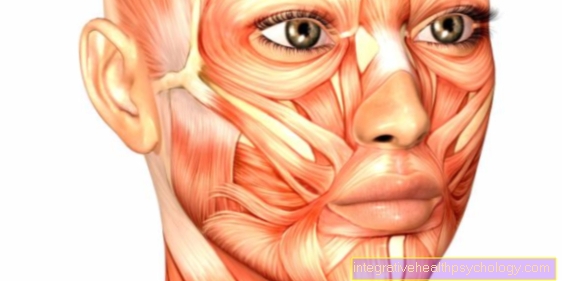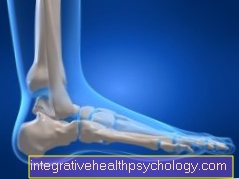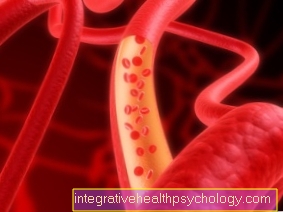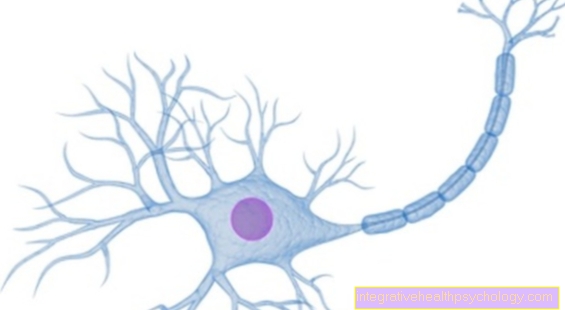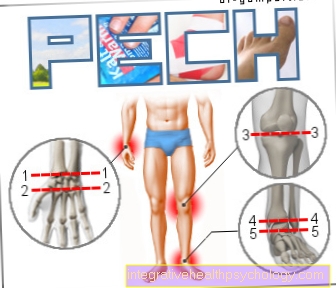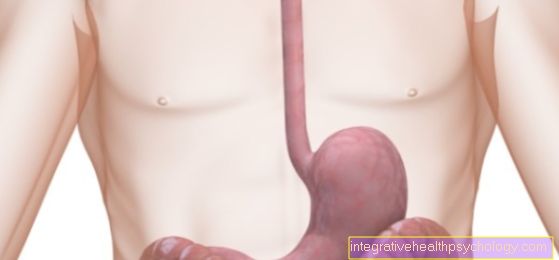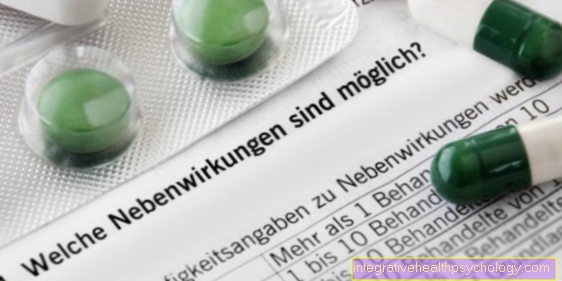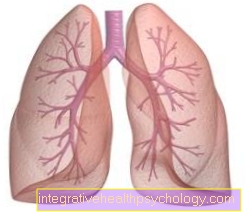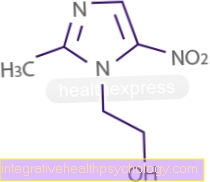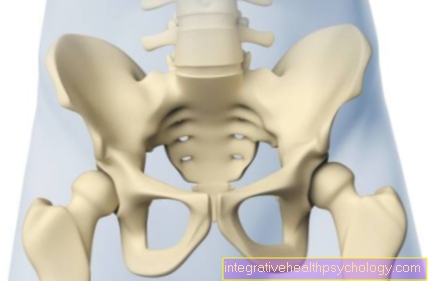Chromatin
definition
Chromatin is the name given to the structure in which the DNA, i.e. the genetic information, is packaged. Chromatin consists on the one hand of DNA and on the other of various proteins.
The function of chromatin is to tightly package the DNA. This packaging is necessary because the DNA as such would be far too long to fit into the cell nucleus.
Chromatin can come in different forms. On the one hand, the proteins involved cause the DNA to roll up around proteins called histones. Furthermore, so-called non-histone proteins cause a further compression of the chromatin.

How is chromatin structured?
The smallest unit of chromatin is the complex of DNA and DNA-binding proteins. Despite the strong compression of the DNA, it can be read.
However, the chromatin is not structured homogeneously. There are parts of the chromatin that are more condensed. This so-called heterochromatin contains sections of DNA that cannot be read.
The sections that are less condensed are called Euchromatin. Here are sections that can be read.
However, some sections of the heterochromatin can be activated. This property is used for genes that do not have to be read permanently.
Epigenetics describes these properties of chromatin, the activity of the individual gene segments can vary. Various mechanisms can be used to loosen or compress the chromatin.
What is the chromatin structure?
The chromatin structure results from the interaction of DNA, histones and non-histone proteins.
The lowest level of the chromatin structure is the pure DNA chain.
The next stage is the combination of DNA and histones. The resulting structure can be imagined like a pearl necklace. The DNA is wrapped around histones, which in turn are arranged in a string-like structure. The combination of DNA and histone is also called a nucleosome.
The next level of chromatin structure is achieved by packing the individual nucleosomes more tightly. The resulting structure thus becomes shorter and wider. This structure then forms the superordinate structure of the chromatin through further condensation. The resulting structure is the chromosome.
This topic may also be of interest to you: Cell nucleus division
Figure cell nucleus
- Cell nucleus -
Nucleus - Outer nuclear membrane
(Nuclear envelope)
Nucleolemma - Inner nuclear membrane
- Nuclear corpuscles
Nucleolus - Nuclear plasma
Nucleoplasm - DNA thread
- Nuclear pore
- Chromosomes
- cell
Celulla
A - nucleus
B - cell
You can find an overview of all images from Dr-Gumpert under: medical images
What is the function of chromatin?
When looking at the functions of chromatin, one has to distinguish between the DNA and protein content.
The function of the DNA part is to store the genetic information. The purpose of genetic information is that the DNA is read in different steps and, in the last step, a protein is built from this “building template”.
The function of the proteins contained in chromatin is to package the DNA. On the one hand, the packaging ensures that the DNA fits into the cell nucleus. When it comes to the protein content of chromatin, a distinction can still be made between different proteins.
The histones are proteins that bind DNA to itself through their charge. The histones can be thought of as little cable drums around which the DNA is wrapped.
The other proteins in chromatin are called non-histone proteins. These in turn interact with the DNA and the histones, thereby further compressing the DNA.
This topic could also be of interest to you: Tasks of the cell nucleus
What are the chromatin threads?
The structures that consist of DNA and the proteins of chromatin are called chromatin threads. As such, DNA is a very long structure. The DNA consists of building blocks that are arranged in a certain order and thereby store the genetic information.
As the DNA is wrapped around the histones, a thread-like structure is created, which is, however, shorter than the DNA itself. The other DNA-binding proteins contained in the chromatin lead to a further shortening.
Chromatin threads, or chromatin fibers, are a thread-like complex of DNA and the proteins that are involved in the compression of the DNA.
The following topic could also be of interest to you: Telomeres - Anatomy, Function & Diseases
Recommendations from the redeaction
Further general information may also be of interest to you:
- DNA
- Chromosome set
- Mitosis - Simply Explained!


